So you have decided to have a sound wall in your classroom, know how it will be set up, possibly even know all the graphemes you will include on it. This is all fantastic! Now you may be feeling stuck because you aren’t sure how to actually use it. I’m here to help you find ways that will help make your sound wall the valuable tool it can be for you and your students.
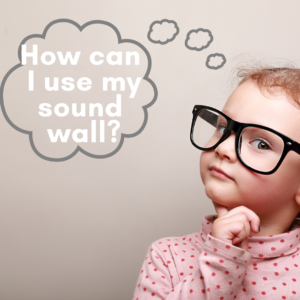
Why Am I Unsure about Using My Sound Wall?
First of all, this is a common thought for many adding a sound wall to the classroom. It takes a lot of planning and processing to:
- Decide to transition to a sound wall
- Decide how to organize it
- Know what to include
- Know how to talk about each sound with terms, mouth movement, types of sounds
We tend to forget about the after part. It’s like getting a puppy. We think about what kind of puppy and all the things we need for it, but forget about the training and being awake multiple times a night. Right?
Ways to Use Your Sound Wall Effectively
Before digging, let’s remember the goal for having a sound wall: The goal of a sound wall is to visually represent how sounds are made in our mouths to help build that speech to print connection for our students. This helps strengthen their decoding and encoding skills.
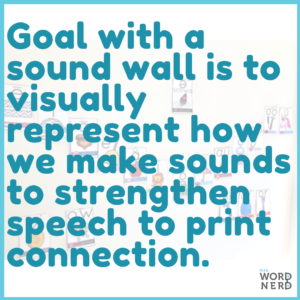
Ultimately what phonemes you focus on, on your sound wall varies based on the grade you are teaching. These are all possible ways to use any sound wall to help make it an effective tool for your students.

Think about how much you might have learned and are still learning about the why behind a sound wall. It can be a confusing thing if all parts of it are up for students. It should definitely have picture cues or speech cues for each sound up as students no matter what age are probably using all the sounds.
By building in the spellings of phonemes with your students, they will learn why sounds are put where they are and see the connection between sounds. Building it with them could include having your sound wall set up, but with all the graphemes/spellings covered. So as you learn the sound they get uncovered.
Although with older grades having graphemes on your sound wall already set up with sounds/spellings they already learned the year before would work. You could even make it a classroom job to have a student add the or uncover the new grapheme/spelling of the sound.

This is a great approach when introducing a new sound or when reviewing sounds. It is especially a great way with younger students. This allows students to not only feel but see what their mouths and tongues are doing to make the sounds.

This is not my talent or speciality to create a song or saying, but there are teachers who have. Here is a video I have found I think is AMAZING! Your sound wall set up may vary from hers but you could still borrow her ideas.

Each student could have their own to use when working on decoding and encoding. You could have them build a personal sound wall as you build the sound wall in the classroom. This could be similar to building it together as students come up with their own picture/word for each sound.

Have the phonemes and graphemes that you are learning or reviewing on flashcards. This could be as simple as writing them down on an index card. The sound wall I have made and use includes options to print the posters in flash cards size to make that easy for all.
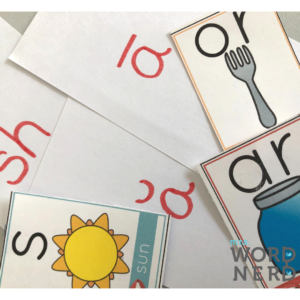
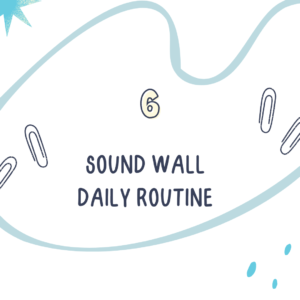
Think of this like your calendar or opening math routines. You could come up with a way to review the sounds you are just learning. You could point and say the sounds on the sound wall. Explore a word and see what sounds it has and match it to the sound wall. Or practice paying attention to what your mouth is doing for certain sounds. Think simple, quick less than 5 minute quick review of it before starting a lesson.

These are great to use as part of a daily sound wall routine. They are designed to help differentiate between sounds, their locations, connect how our mouths move to make a sound by pictures, connect a picture to a sound on the sound wall by the vowel sound, beginning or ending sound. You can check out more about the task cards clicking here.

Next Steps
Do you have some new ideas of how to use your sound wall? Adding any or all of these ideas to your classroom will help students be more familiar with it which will help them use it more and more when they need to encode and decode. If you would like to try out some Sound Wall task cards I have a set of free task cards to try that will work for any sound.

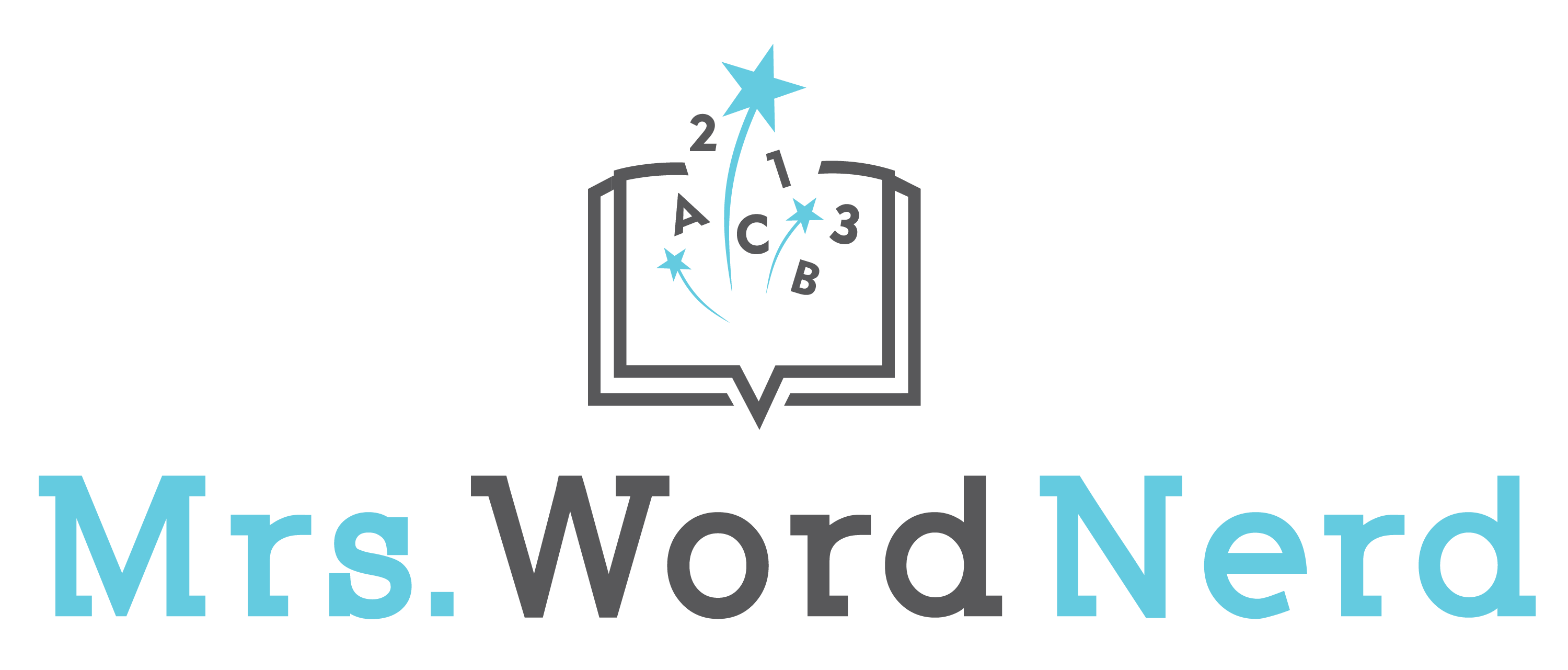
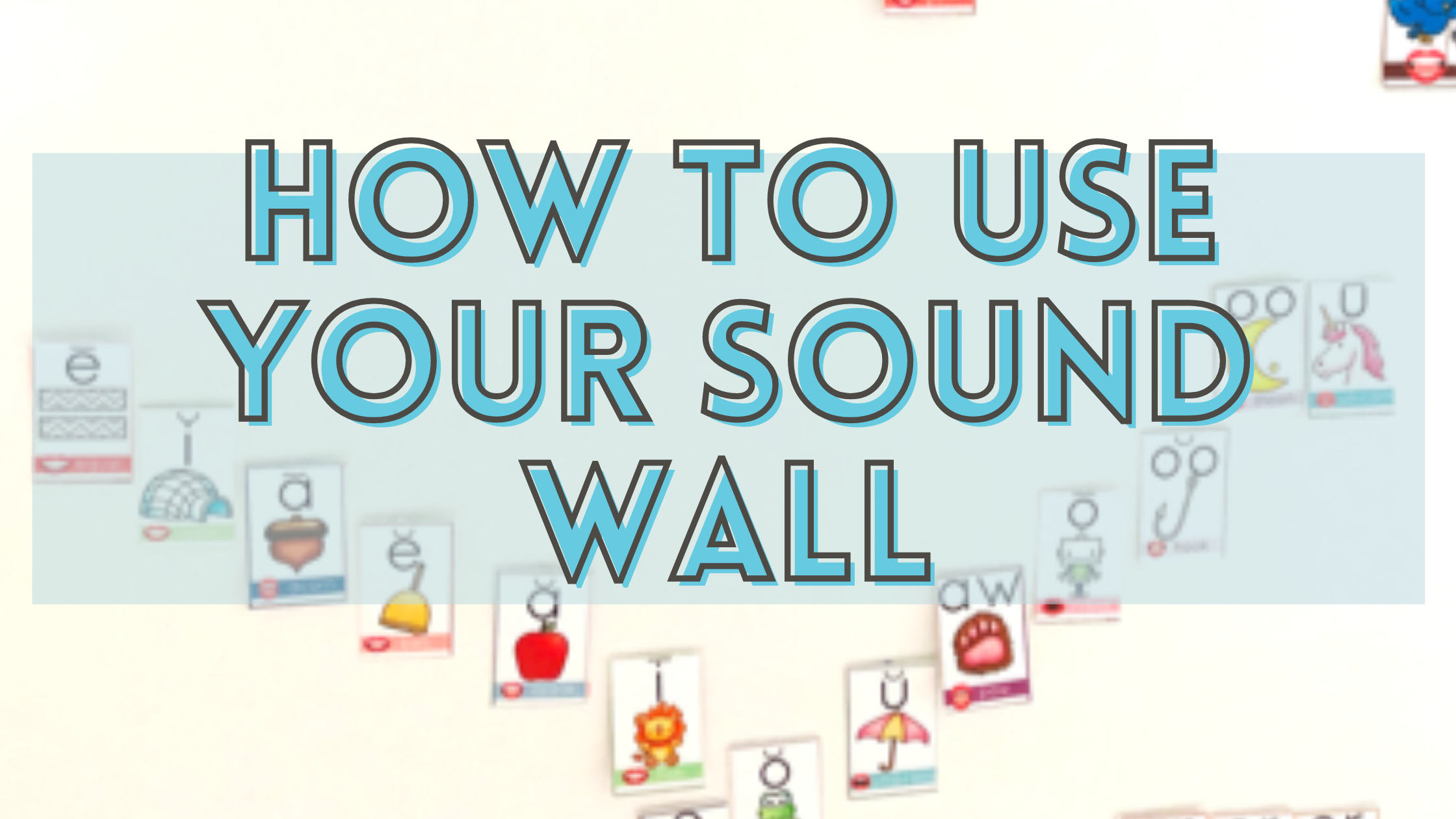
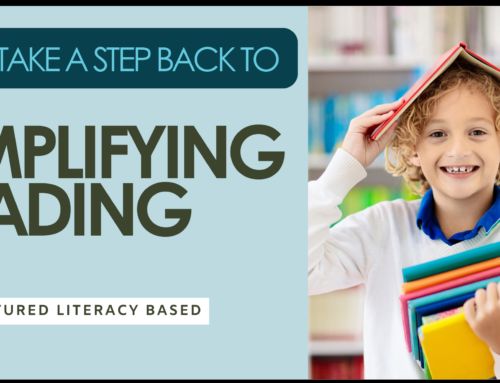


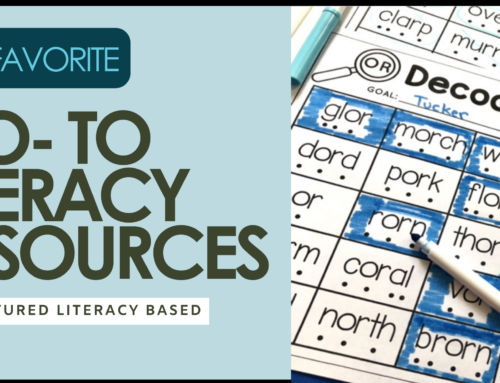
Leave A Comment